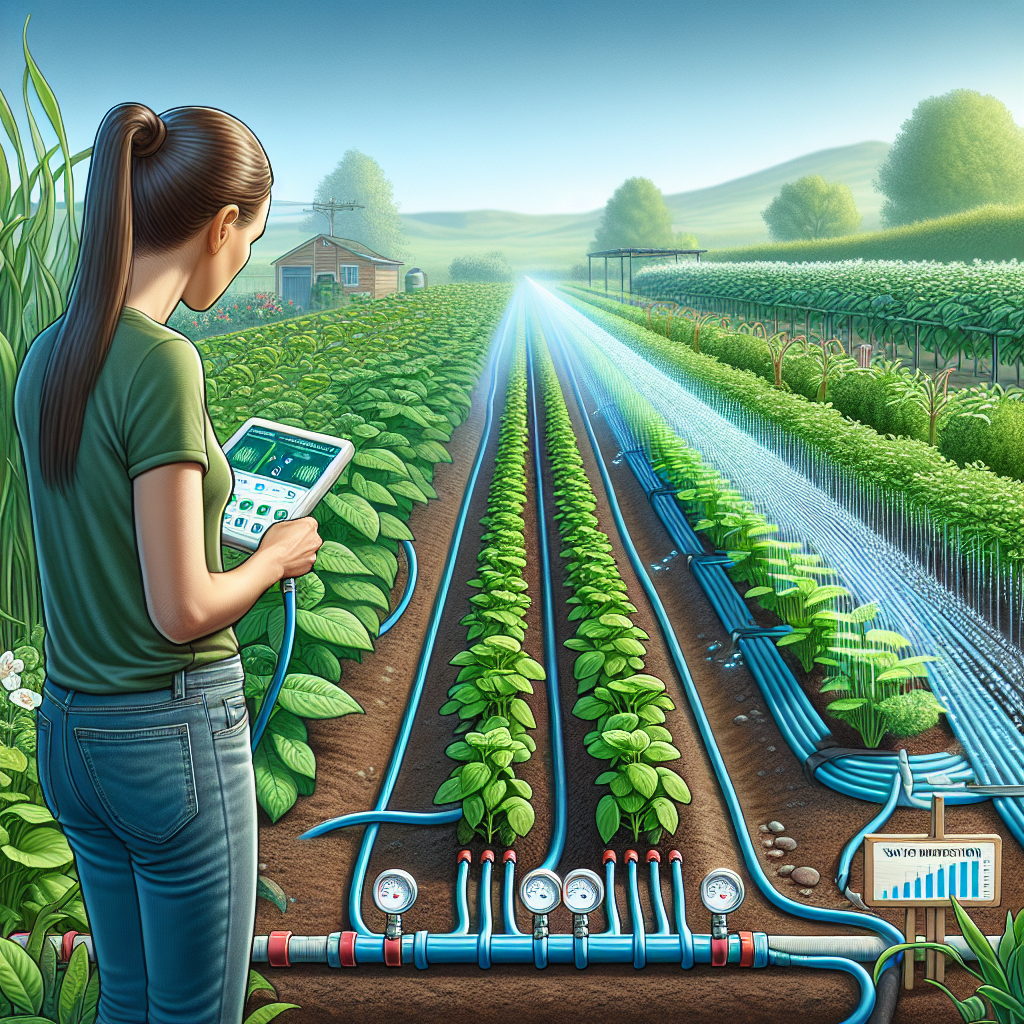In today’s world, water scarcity is becoming an increasingly urgent issue. With climate change leading to more erratic weather patterns and growing populations putting pressure on water resources, it’s crucial to find ways to maximize water efficiency in agriculture. One effective method is through slow drip irrigation.
Slow drip irrigation is a method of watering plants that delivers water directly to the roots at a slow and steady pace. This can help prevent wastage of water through evaporation or runoff, making it a more efficient way to irrigate crops. In this article, we will discuss some tips for maximizing water efficiency with slow drip irrigation.
1. Use the right type of drip system
There are several types of slow drip irrigation systems available, so it’s important to choose the right one for your specific needs. Some popular options include soaker hoses, porous pipes, and drip emitters. Each type has its own advantages and drawbacks, so make sure to do your research and select the one that best suits your crop and soil type.
2. Properly plan your layout
Before installing your slow drip irrigation system, take the time to carefully plan out the layout of your garden or field. Consider factors such as the slope of the land, the types of plants you are growing, and any obstacles that might affect water distribution. By properly planning your layout, you can ensure that each plant receives an equal amount of water and minimize wastage.
3. Monitor soil moisture levels
One of the key benefits of slow drip irrigation is its ability to deliver water directly to the roots where it is needed most. To maximize efficiency, it’s important to monitor soil moisture levels regularly using a moisture meter or by simply digging a small hole in the ground near your plants. This will help you determine when and how much water to provide, preventing overwatering or underwatering.
4. Mulch around plants
Mulching around plants can help retain moisture in the soil and reduce evaporation, making your slow drip irrigation system even more efficient. Organic mulches such as straw, wood chips, or grass clippings can also improve soil structure and fertility over time.
5. Adjust watering schedule seasonally
As weather conditions change throughout the year, so too should your watering schedule. During hot summer months, plants may require more frequent watering than in cooler seasons. Be prepared to adjust the timing and duration of watering sessions accordingly to avoid stress on your crops.
6. Inspect for leaks regularly
Leaks in your slow drip irrigation system can waste valuable water and reduce its effectiveness at delivering moisture where it’s needed most. Regularly inspect hoses, pipes, connectors, and emitters for signs of damage or leaks. Replace any faulty components promptly to prevent further loss of water.
7. Group plants with similar watering needs
To make your slow drip irrigation system even more efficient, consider grouping plants with similar watering needs together. This way, you can tailor your watering schedule more accurately based on their requirements without overwatering or underwatering certain crops.
8.Use a timer
Installing a timer on your slow drip irrigation system can help automate watering sessions at specific times each day or week when needed most efficiently . This can also prevent human error in forgetting to turn off the hose after a certain period , thus saving unnecessary wastage .
In conclusion , maximizing water efficiency with slow drop System requires careful planning , monitoring , maintenance ,and adjustment according seasons .By implementing these tips into practice ,you can conserve precious resources while ensuring successful growth crop .
In conclusion,
Maximizing water efficiency with slow-drip irrigation systems requires careful planningmonitoring maintenanceand adjustment accordingto seasonal changesBy incorporating these tips into practiceyoucan conserve precious resources while ensuring successful crop growthWith proper managementour agricultural operationscan become more sustainablewhile contributingto efforts towards conservingour planet’s limited freshwater resources














